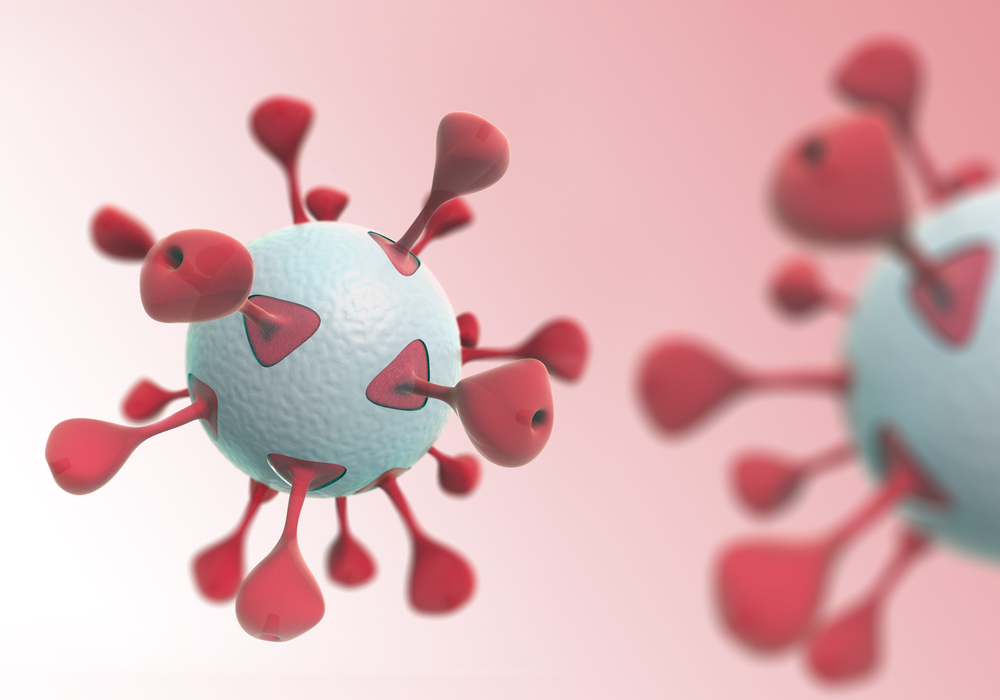In a recent study entitled “Cleavage efficient 2A peptides for high level monoclonal antibody expression in CHO cells” a team of researchers at the A*STAR Bioprocessing Technology Institute developed a new method to improve the industrial production of monoclonal antibodies, key players of immune therapies against cancer. The study was published in the mAbs journal.
Antibodies are proteins produced by our immune system that stick to a specific protein called an antigen (a foreign substance that induces the production of antibodies, such as chemicals, bacteria or viruses, among others) this way targeting infected or malignant cells for destruction.
Antigens can originate from outside the body (heteroantigens) or from within the body (autoantigens), the latest leading to the development of autoimmune diseases. Importantly, tumor cells also express antigens allowing scientists to design antibodies that target specific tumor-antigen. When several copies of a particular antibody can be produced in the laboratory, these are known as monoclonal antibodies, i.e., antibodies that only recognize one specific protein.
When producing monoclonal antibodies researchers have to link antibody domains called the heavy (HC) and light chain (LC) genes. Antibody efficiency thus depends on the correct ratio between HC and LC. Current methods of production deliver each of these components (plus a selection marker gene) either separately or in the same vector with multiple regulatory sequences. However, with this method researchers cannot control the optimal ratio of HC and LC, which often results in cells not expressing the correct form of the antibody.
In this study the research team used a system derived from viruses called 2A peptides – a strategy that allows expressing multiple genes, in equal amounts. Due to the potential use of 2A peptides in the antibody industry, the team developed a new and improved method were they were able to generate 2A peptides with significantly enhanced cleavage efficiency. This was achieved by introducing a linker, i.e., a short amino acid sequence to separate multiple domains in a single protein. Specifically, they used glycine-serine-glycine linkers.
Additionally, they developed a new purification method – the chromatin-directed clarification – that removed the small fraction of incorrect antibodies still present in the newly designed 2A peptides (as a result of a residual incomplete cleavage).
This new method will allow a more efficient production of monoclonal antibodies and foster the research of immunotherapies in several diseases, including cancer.


